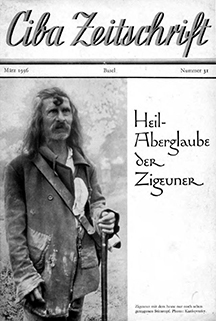
Medical Superstition of the Gypsies
Heil-Aberglaube der Zigeuner
Keywords: medical customs of gypsies; Sinti & Roma medical practice
re-digitized issue 31 from March, 1936 of the house journal of pharmaceutical Company CIBA
More...
Keywords: medical customs of gypsies; Sinti & Roma medical practice
re-digitized issue 31 from March, 1936 of the house journal of pharmaceutical Company CIBA
More...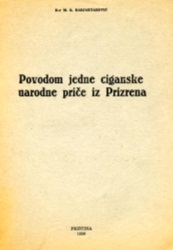
Offprint drawn from „GLASNIK MUZEJA KOSOVA I METOHIJE, KNJ. I, PRIŠTINA 1956“ [Bulletin of the Museum of Kosovo and Metohija, Vol I, Priština 1956] // This work deals with a Gipsy folk-tale noted down at Prizren, which tells how once a wife has had two husbands simultaneously. In connection with this motive, a consideration is made to the occurrence of multi-husbandry or polyandry, to be suppose finally that this tale as well — with such subject — could be a confirmation of Gipsy’s origin from India, where we find such occurrences today, too.
More...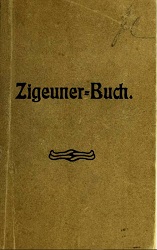
Keywords: Gypsies in Bavaria; Anti-Gypsie Racism;
This book is a document of anti-Roma racism in German (more exactly Bavarian) routine administration. Thirty years before NAZI racism came to power the Ministry for Internal Affairs had developed a project (in 2020 we would call it a “big-data-project”) of identification and detailed registration of all Sinti, Roma and Egyptians in Bavaria. The author Alfred Dillmann, a high-ranking member of the Munich Police staff, published this book a partly a manual for other civilian and police administrators, in its main part he is listing the first results of such registration-activities at the moment of publication.This book is a document of Anti-Gypsies racism in German (more exactly Bavarian) routine administration three decades before NAZI racism came to power. In 1899, under Dillmann's leadership in Munich, the "Intelligence Service for the Security Police Regarding Gypsies", for short "Gypsy Headquarter", began by creating a file of all "Gypsies" in Germany who were older than six years. In addition to identification data, genealogical data and above all information on delinquency were also collected. In 1905, Dillmann's Gypsy Book was compiled from this collection, which contained details of 3,350 people and was made available to the police departments. (WIKIPEDIA). Alfred Dillmann, who made his career up to the rank of a president of the Royal Bavarian Police, published this book as partly a manual for other civilian and police administrators; however, in its main part he is listing the first results of such registration-activities of the past 8 years.
More...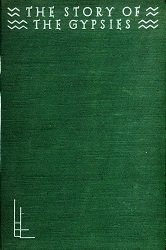
Keywords: Gypsies; Roma; Egyptians; Sinti; Travellers;
I am attempting to unravel the story of a people whose vocabulary lacks two words — ‘duty’ and ‘possession.’ For hundreds of years the Gypsies have lived beside us —in the Orient and in the Occident, in Egypt as well as in England, in Syria and in France, in Italy, in Germany, in Turkey, on the frozen plains of Russia, in the Pusta of Hungary, on the barren rocky mountains and in the fertile valleys of Wallachia, in Australia and in the Americas — and we neither know nor understand them. What we know about them compared with what they know about us is like but a drop of water in the vast ocean. They do not live as we do because they do not consider our manner of living good enough for them, because they are not like the vintners who never get ‘half as good as the things they sell.’ (the author’s introduction)
More...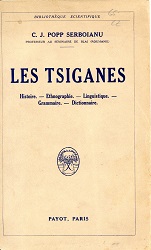
In publishing this work, I only wanted to add a stone to the edifice of linguistic knowledge of the Gypsy people, an edifice begun by predecessors, some of which date back several centuries. The linguistic material in this book refers to the "Oursari" and "Ciurari" Gypsies of Wallachia, with the exception of a few words taken from the "Vatrashi" vocabulary. // En publiant le présent travail, je n’ai voulu qu’apporter une pierre à l’édifice de la connaissance linguistique du peuple tsigane, édifice commencé par des prédécesseurs, dont quelques-uns remontent à plusieurs siècles en arrière. Le matériel linguistique de ce livre se réfère aux Tsiganes « Oursari » et « Ciurari » de Valachie, à l’exception de quelques mots tirés du vocabulaire des « Vatrashi ».
More...
In the 5th secondary class, memoir readings are required, in connection with the special study of this literary species. In Romanian literature, there are few such productions. Among them, the most attractive are Gh. Sion's. This writer is distinguished by a special storytelling talent. His volume "Suvenire contemporane" deserves all our attention. From it we reproduce here the chapter "Emancipation of the Gypsies", an interesting story and a successful characterization, at the same time, of Romanian society in the first half of the XlXth century.
More...